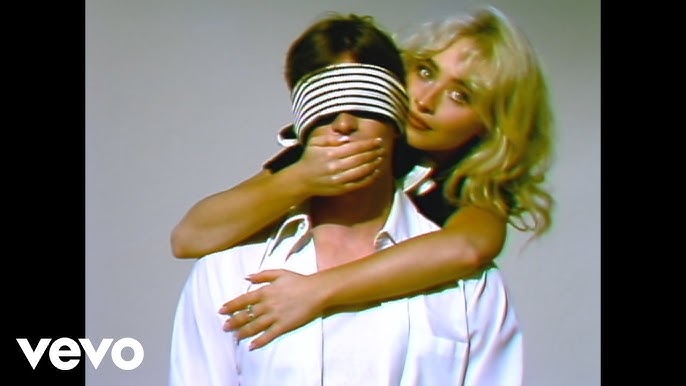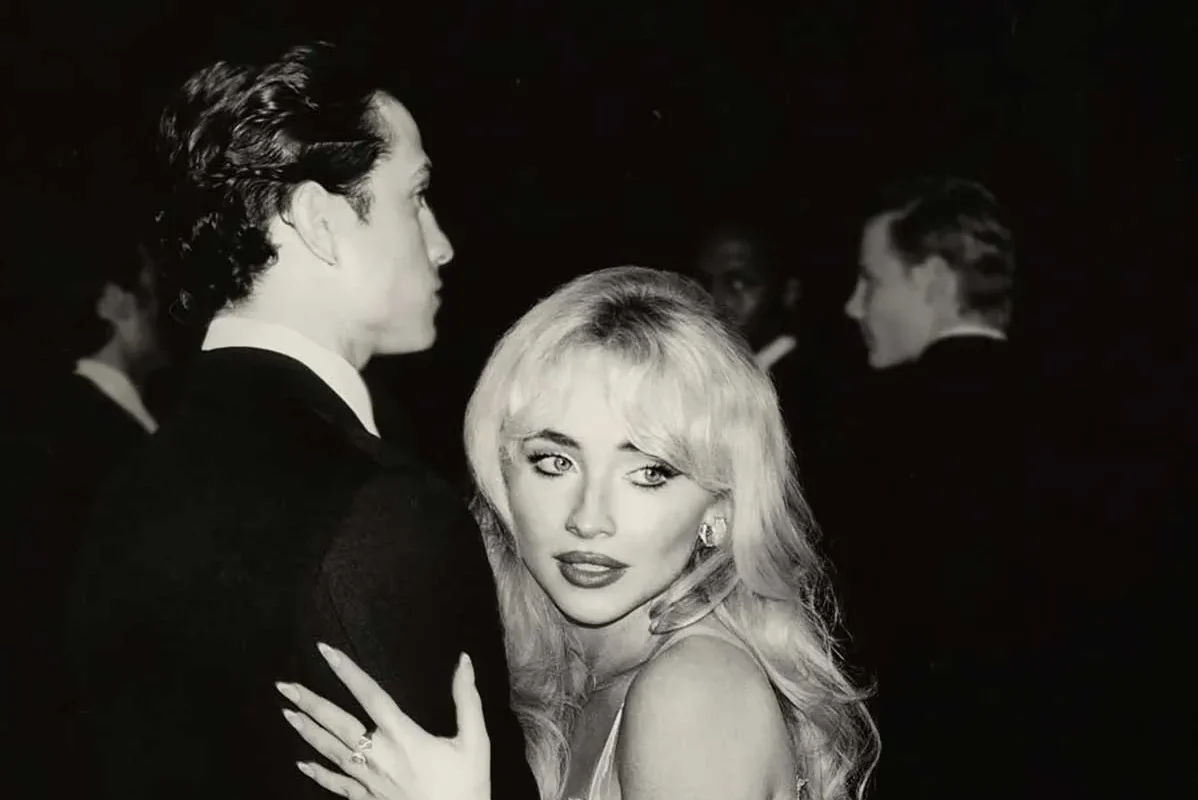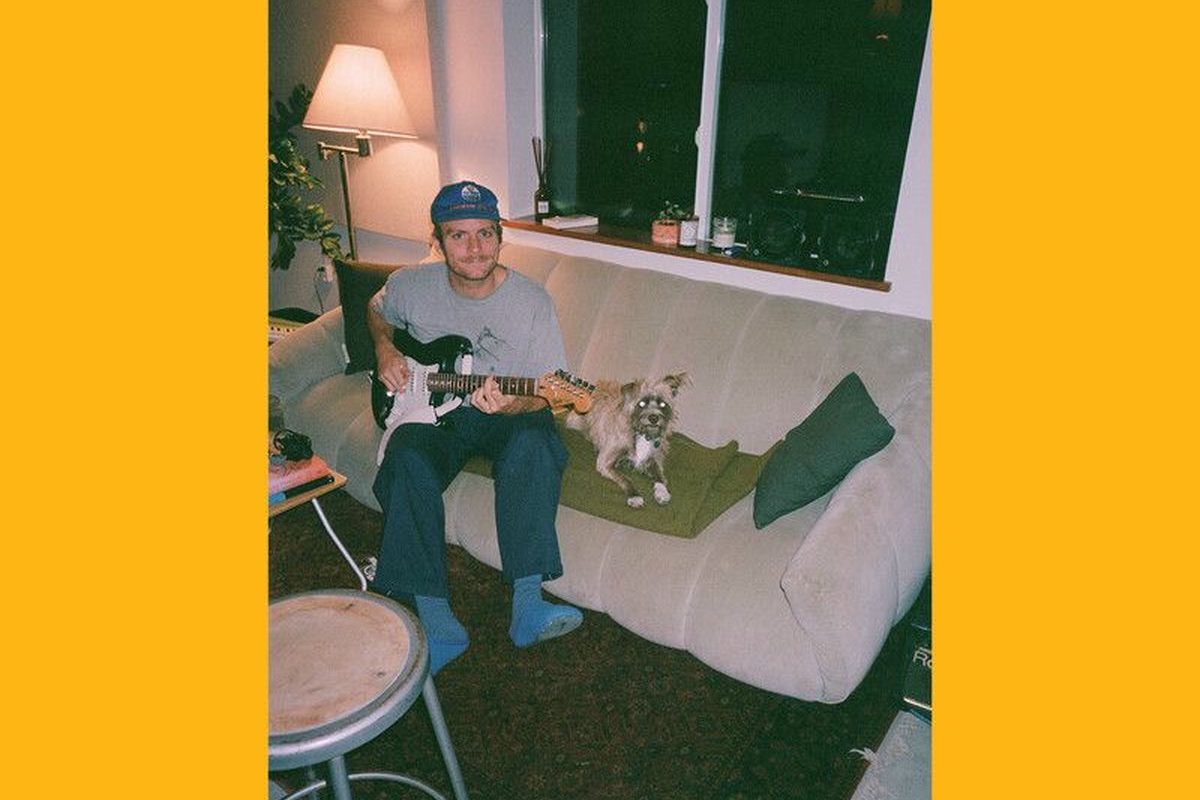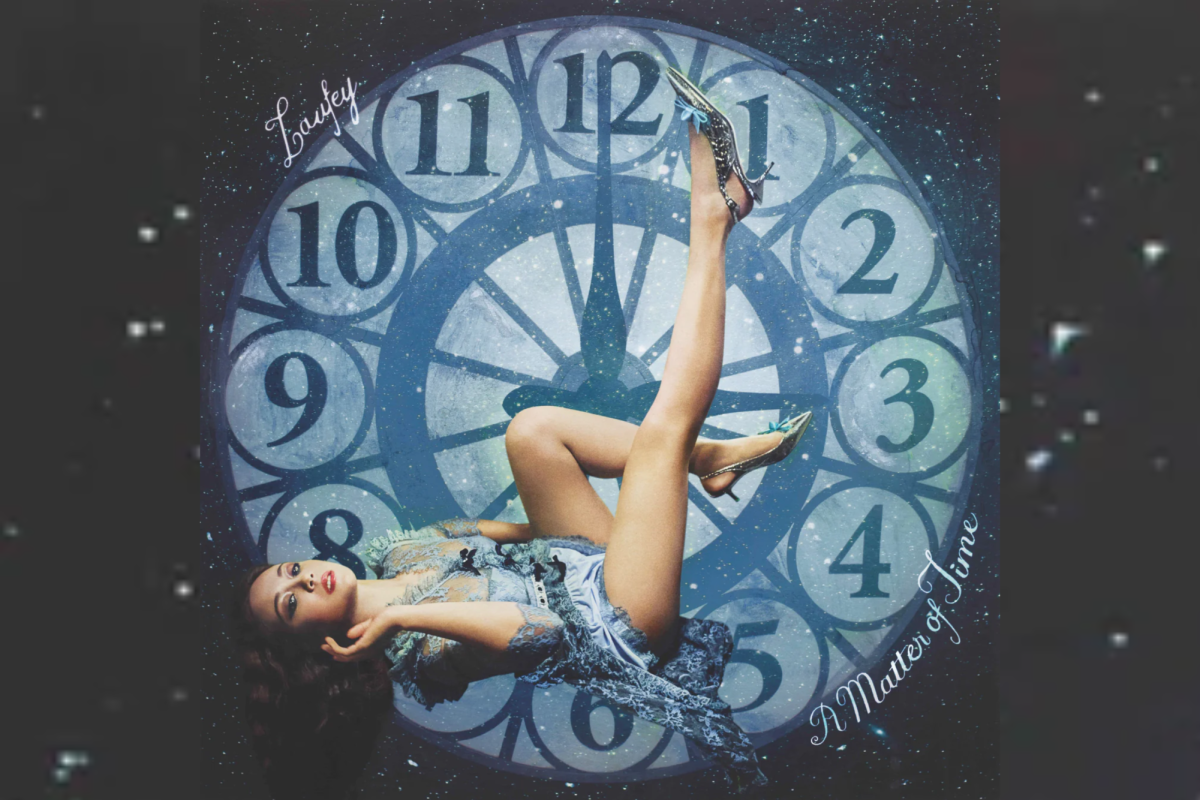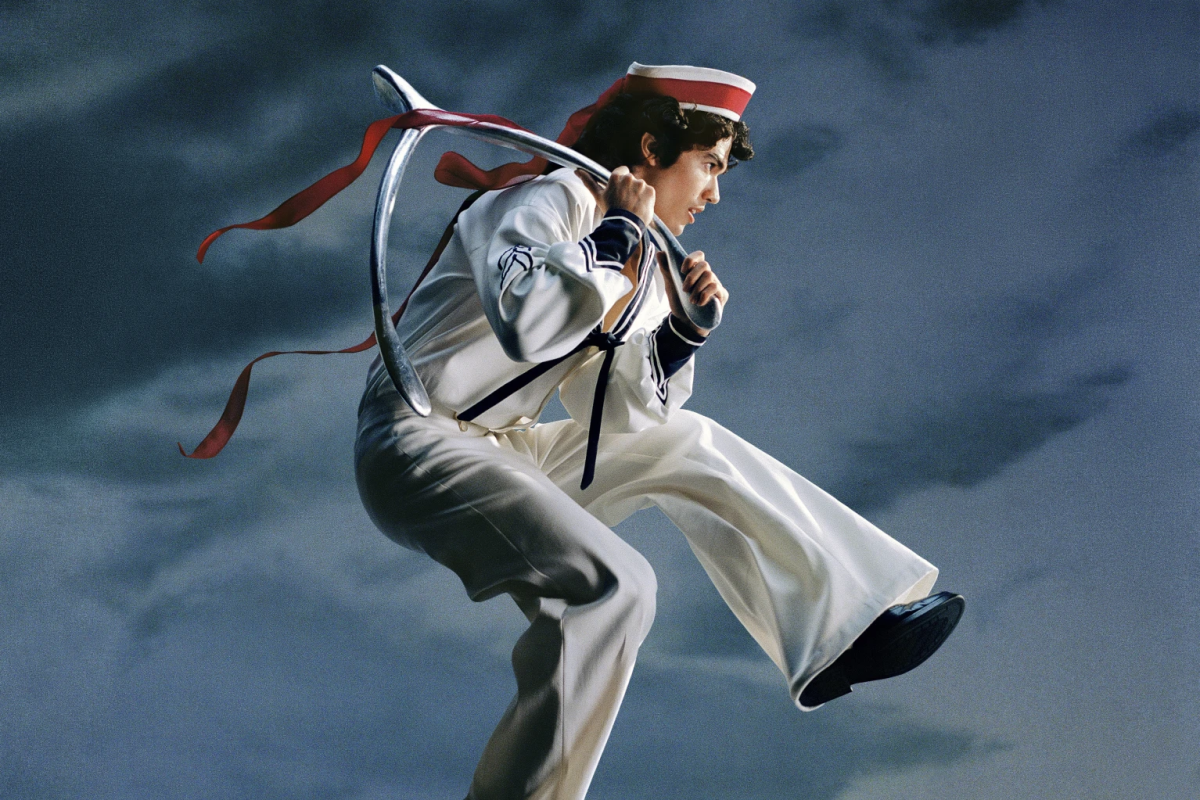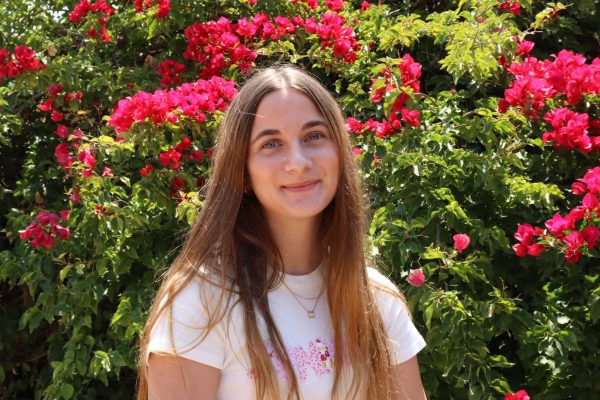Different from anything fans have seen before, the drop of “CHROMAKOPIA” was a step in the music industry and a display of Tyler, the Creator’s eccentric personality. The album was announced on Oct. 17, and quickly came out only 11 days after on Oct. 28. According to Billboard, “CHROMAKOPIA” also claims Tyler, the Creator’s biggest streaming week for an album, and largest sales week — again, after only four days of being released.
The album opens with “St. Chroma” where Tyler, the Creator goes in many different directions in terms of musicality. He showcases his ability to intertwine differing music genres and make them flow into one another. We see the incorporation of alternative hip-hop styles of jazz and rap, switching back and forth between each other.
With all the different styles incorporated into the album, it is able to stay in a seamless flow.
“I think that his other albums have their own distinct vibes, and that ‘CHROMAKOPIA’ is kind of going in a lot of directions, it’s kind of a lot to take in right now,” Cade Barber (11), a longtime and super fan of Tyler, the Creator, said. “It’s definitely honest, but not as formatted as his previous albums like ‘Igor,’ ‘Flower Boy,’ and even ‘Wolf.’ They all have their own defining characteristics, themes, and imagery, but this album is kind of a handful to interpret and really discover what the vibe he is going for.”
Throughout his album Tyler, the Creator created fictional characters as we saw in his previous discography, with undertones of aspects from his real life. We hear him breaking standards of not only his previous music but also the industry as a whole.
“I love the creativity that he employs, but they need to get Sexxy Red off my Tyler album,” Barber said. “It’s weird and that’s why this album is misdirected in a sense. I think you can have fun and neurotic songs, and he proved he can do that, but switching from deeply emotional songs to Sticky, he throws the listener in a loop. The entry of sticky was a very weird and unexpected choice. I think that he should have chosen an angle. It was a lot to process, but at least it’s a fun song.”
Tyler, the Creator’s goal was to set something into motion that would inspire honesty, authenticity and creativity within the industry. He avoided giving into the label’s demands, and rather focused on making what he himself deemed as quality.
“Most importantly, I went to the listening party, and I was in the first group to hear it,” Barber said. “It was crazy, and I am constantly reminded of his creative endeavors on his projects and you can see this through his performances. I’ve seen him live a few times and will be attending camp flog gnaw soon. It’s one thing to listen to the album at home, but a totally different experience to watch it live.”
Tyler, the Creator has shown his creativity not only within his music, but also throughout his performances and from a social media standpoint.
“Hey Jane,” the fourth track on the album, conveys Tyler, the Creator’s fear of fatherhood through the song’s layout where he talks to his fictional daughter, trying to uncover his own father-like qualities. The vocals were lowered to a monotone sound, making it sound almost like a background track. Unlike a few other songs on the album, such as “St. Chroma,” “Hey Jane” stays at a constant beat throughout the entire song.
In the song, “Take Your Mask Off” (ft. Daniel Caesar & Latoiya Williams), Tyler, the Creator is talking about his own struggles with the line “I hope you find yourself” referring to him wanting to find out who he is in this world of uncertainty. He shares his fear of being seen when he talks about taking his mask off, while including alter egos and fictional storylines to complete the albums.
He also wears a physical mask during his performances, mirroring his feelings of having to shy away from his personality.
“When I saw him live wearing this mask, he kind of felt unfamiliar, like I’ve seen this man three times already, and this time he seemed so unfamiliar to me,” Barber said. “Even though his mask is in the shape of him, he just has so much expression and it seems like this mask is sort of restricting this expression, or restricting himself. It was kind of unsettling to see him with the mask and performing with the mask.”
The 12th track, “Like Him” (ft. Lola Young), mirrors elements reminiscent of his previous album “Igor”.
“It starts sort of quiet and eerie but then finishes with this beautiful ballad harmony type moment,” Barber said. “Baby Keem also has one adlib randomly before that part which is a funny addition.”
In “Like Him,” Tyler, the Creator reflects on similarities with his father, who wasn’t present in his youth. The lyrics, “Mama, I’m chasin’ a ghost, I don’t know who he is” goes back to the same idea of Tyler, the Creator’s inability to paint an accurate picture of his father, expressing to listeners his fear and curiosity.
“The instrumentals [of the entire album] are very overstimulating, but not in a ‘Globin,’ ‘Cherry Bomb’ way, it’s just kind of over-stimulating,” Barber said. “It’s kind of just an exercise, like balloon [a song on the album], it just has this really strange and upbeat sound, that is kind of unsettling to go from that to a deeply emotional song. It shows he’s wrapping up and turning to positivity. It feels like a lot of songs were placed where they weren’t supposed to be. Instrumentals sounded unfinished. I like some of the industrial and more of the gritty, hardbeats, like ‘Rah Tah Tah’ and thought ‘I was dead,’ I just thought it was a moral alternative and a unique listening series. It shows the more heartened side of him.”
Starting off with a nursery rhyme beat, “I Killed You,” the sixth track of the album touches on getting out of the constraints of societal pressures. In a way, this track represents his whole career. The unique combination of music behind Tyler, the Creator’s vocals shows us that he isn’t made to attract certain people or impress the mass, and that he is made to impress those who are willing to experiment with a risky type of music and prone to like this.
“CHROMAKOPIA” isn’t the type of album that you will hear at the club or bumping in the car — it is not designed for mainstream consumption. Instead, it caters to listeners who are willing to experiment with Tyler, the Creator’s unique style and unconventional sounds. This album, much like the artist’s broader creative endeavors, is not aimed at attracting a wide audience or conforming to current trends. Rather, it targets those who appreciate musical risk-taking.
“I think it’s definitely different to most of his albums because it seems more experimental but I also think it captures who he is as a person and the creative aspect of his personality,” Liv Page (11) said.



